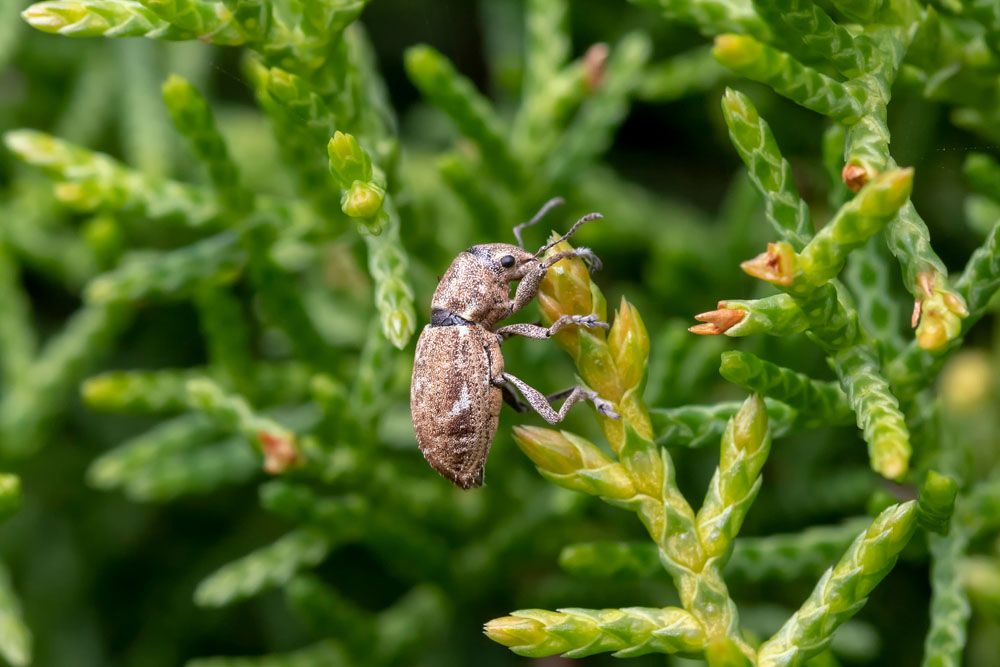
Fuller Rose Beetle – Asynonychus godmanni
Fuller Rose Beetle: Appearance, Territory, Damage and Life Cycle
Latin Name: Asynonychus Godmanni Root Tuber and Bulb Feeders
Appearance: Adult Fuller rose beetles have a brown nose and no wings, and they reproduce without mating (parthenogenetically). The Fuller rose beetle’s head and protruding eyes are distinguishable from the cribrate weevil’s teardrop-shaped head and closely spaced eyes, and the Fuller rose beetle’s snout is less sharply directed to the ground than the vegetable weevils.
Hosts Plants: Maples, azaleas, camellias, citrus, persimmon, pineapple, strawberry, beans, peach, rose, and potato are all common host plants. Adults and larvae both eat on the plant, although adult feeding is more visible and destructive.
Territory: The Fuller rose beetle is found in at least 30 states in the United States.
Damage Insect Cause: Although the beetle does not often cause economic harm in citrus, the presence of viable eggs on fruit transported to other countries such as Korea can be a quarantine worry. Since the Fuller rose beetle has been discovered in Japanese citrus orchards, it is no longer a threat to fruit shipped to Japan. Adult Fuller rose beetles feed along the edges of citrus leaves, generating notches and leaving a distinctive pointed, ragged look. They are normally not a problem, especially on topworked trees where bugs feed on new buds, or if a young tree is put in a mature grove and beetles focus their eating on that tree’s new growth.
Life History and Habits: Each year, the Fuller rose beetle produces one generation. Eggs are placed in clusters of several dozen on fruit, particularly behind the button, or in tree cracks and fissures. When the eggs hatch, the larvae fall to the ground and dwell in the soil for 6 to 10 months or more, feeding on citrus roots.
As a last option, spraying a pesticide (such as Sevin) for rose weevil control will typically give good results on the adult beetles with some control of the larvae. However, it is advised that alternative methods of control be tried first, since stronger treatments will also kill the beneficial bugs in our crops.
